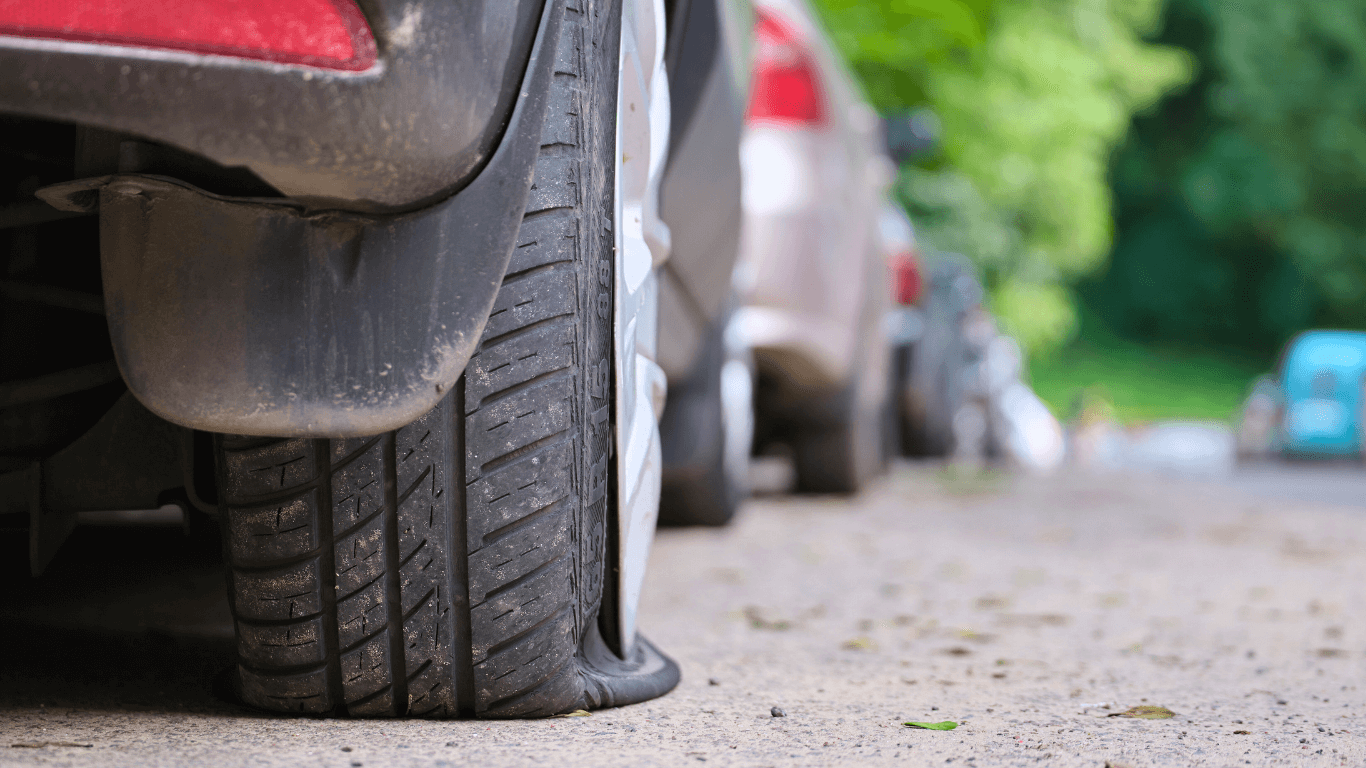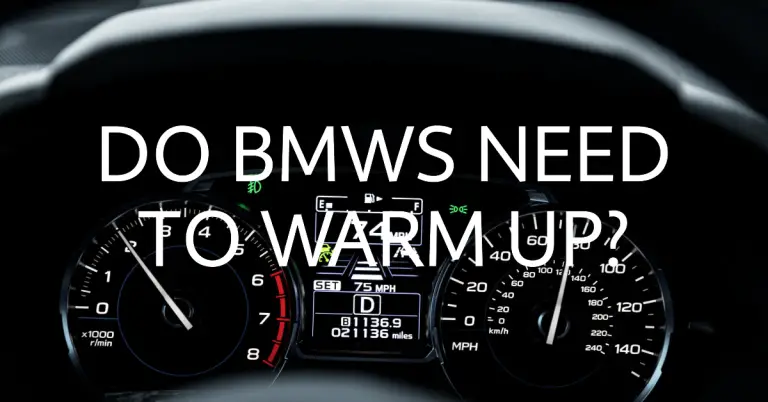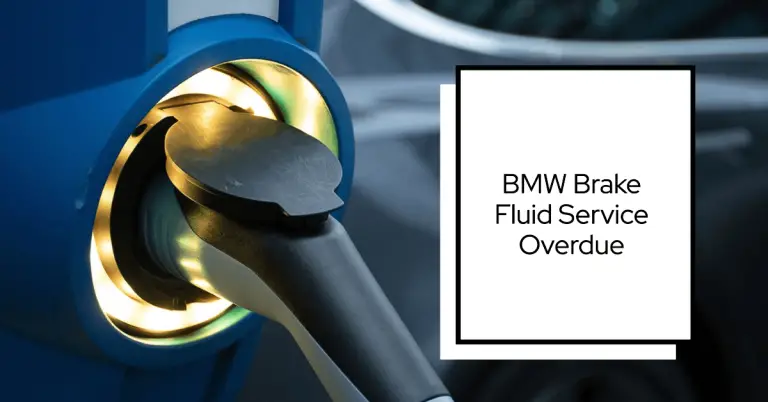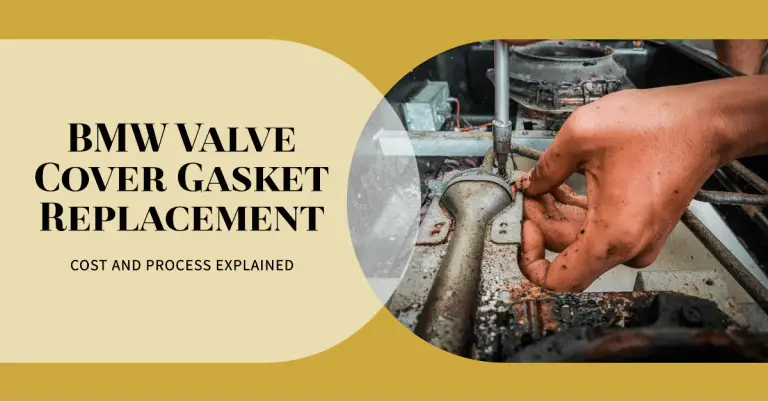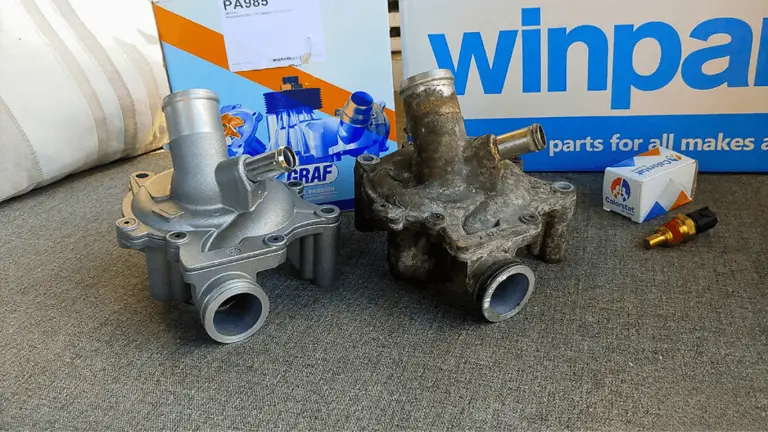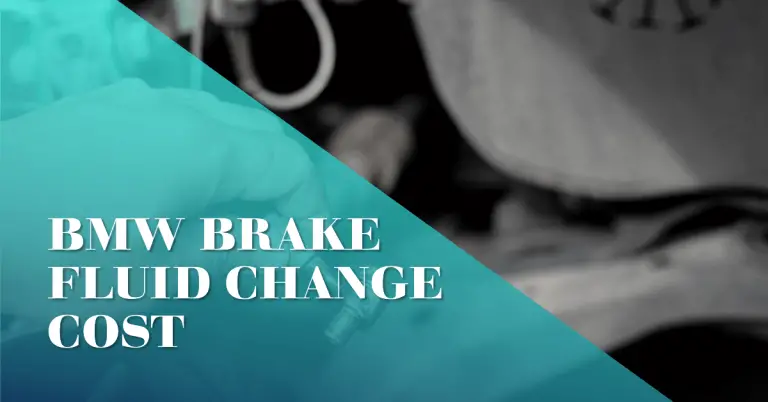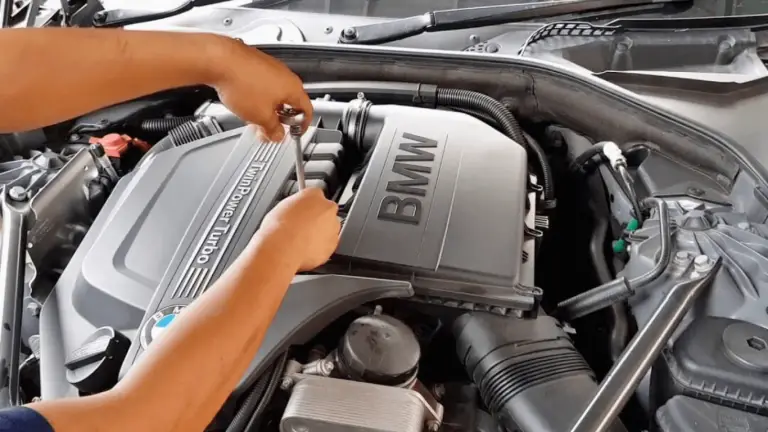BMW Run Flat Tires Cost: A Comprehensive Guide
Have you ever gotten a flat tire and found yourself stranded on the side of the road, wondering how you’ll get your BMW to a repair shop? It’s a nerve-wracking experience many drivers have faced at one point or another. But for BMW owners, a simple flat tire doesn’t have to ruin your day and leave you stranded thanks to run flat tires.
Run flat tires allow you to continue driving even after a total loss of pressure due to a puncture. Thanks to reinforced sidewalls, run flats can support the weight of the vehicle for up to 50 miles at speeds up to 50 mph after a puncture. This gives you the ability to safely drive to a tire repair shop or dealership to have the tire replaced.
But these innovative run flat tires come at a cost. Run flat tires can cost $100 to $300 more per tire than comparable standard tires.
In this comprehensive guide, we’ll dive into all the details around BMW run flat tire pricing to answer the question: Are run flat tires worth the extra cost?
We’ll cover everything you need to know:
- What are run flat tires and how they work
- Why run flats cost more than standard tires
- Exactly how much more run flats cost – OEM vs aftermarket
- The pros and cons of run flats and whether they’re worth it
- Tips for saving money on BMW run flat tire replacement
Let’s get started!
What Are Run Flat Tires?
Run flat tires are a relatively new innovation in tire technology. As the name suggests, run flat tires allow a vehicle to continue driving or “running” even after a serious puncture that results in rapid air loss and flat tire.
Regular tires rely on adequate air pressure within the tire to support the weight of the vehicle. So when a tire punctures and air leaks out, the tire beads can separate from the wheel rims, causing possible handling issues or damage to the tire itself.
Run flat tires are reinforced with rigid sidewall inserts that are able to support the weight of the car even when air pressure is totally lost. The reinforced sidewalls prevent the tire beads from separating from the rims when you run flat.
This allows run flat tires to provide enough integrity for you to continue driving safely for limited distances and speeds after a puncture occurs. Specifically, many run flat tires like those found on BMW models allow you to drive up to 50 miles at speeds up to 50 mph after a puncture.
This gives you a reasonable distance you can drive to take your BMW to a tire shop, dealership, or other safe place to have the punctured run flat tire replaced. Without run flats, even a small nail puncture would leave you stranded on the spot.
So in summary, the key benefits of run flat tires include:
- Reinforced sidewalls support the weight of the car when a rapid loss of air and flat tire occurs
- Allow you to drive up to 50 miles at 50 mph after a puncture
- Get you to a safe place for tire replacement after the puncture
Modern run flat tire technology was introduced in the late 1990s and early 2000s by tire manufacturers like Michelin, Bridgestone, Goodyear and Pirelli. BMW was one of the first automakers to widely adopt run flat tires, equipping many models with them starting in the year 2000.
Many newer BMW models continue to come equipped with run flat tires from the factory. So if you’ve purchased a newer BMW in recent years, there’s a good chance your vehicle is outfitted with run flat tires.
You can check your BMW tire sidewalls for markings like “RSC” or “EMT” that indicate they are run flats. The tire itself may also be labeled directly as a run flat tire.
So now that you understand what run flat tires are, how they work, and why automakers like BMW equip with them, let’s take a look at why these tires come at a premium cost.
Why Do Run Flat Tires Cost More Than Standard Tires?
You may love the safety and convenience offered by run flat tires, but bristle at the cost of replacing them.
Run flat tires typically cost $50 to $100 or more per tire higher than comparable standard tires. Why is there such a dramatic price difference?
There are a few key reasons run flat tires come at a premium:
More Advanced Design and Materials
Firstly, the reinforced sidewalls required for run flat technology are more complex and expensive to manufacture than standard tire sidewalls.
Run flat sidewalls integrate rigid inserts made of advanced polymers and compounds to provide the necessary strength to bear the vehicle’s weight when driving without any air pressure.
These materials are more costly than the standard rubber compounds used in regular tires. The manufacturing process to integrate the rigid run flat inserts also adds steps and expense.
So the advanced design and materials needed for run flats add cost at the manufacturing stage that gets passed onto the consumer.
Lower Production Volumes
Secondly, run flat tires are still considered a niche specialty tire, at least compared to high-volume standard passenger tires.
Because they are lower production volume tires, the costs per tire are higher. They don’t benefit from the economies of scale of mass produced tires, where each additional unit produced leads to lower and lower per unit costs.
Higher development costs for the complex run flat engineering also have to be spread across fewer tires produced, again leading to higher per tire costs.
Can’t Be Repaired After Punctures
Finally, while standard tires can often be repaired if they suffer small punctures, run flat tires cannot be repaired if they are punctured.
The rigid sidewall inserts mean punctures cannot be patched like on a normal tire. So even a small nail puncture on a run flat means the entire tire has to be replaced. No repairs allowed.
This decreases the lifespan of a run flat tire and necessity of full replacements adds to lifetime costs.
In summary:
- Advanced design and materials – More complex reinforced sidewalls cost more to manufacture
- Lower production volumes – Don’t benefit from economies of scale like mass market tires
- Cannot be repaired – Any puncture requires full tire replacement
These three factors all contribute to the higher manufacturing and retail pricing of BMW run flat tires compared to standard tires. Now that you understand why they cost more, let’s look at some example pricing.
How Much More Do Run Flat Tires Cost for a BMW?
So just how much should you expect to pay for OEM and aftermarket run flat tires for various BMW models?
Here is an overview of BMW run flat tire pricing:
OEM BMW Run Flat Tires
If you purchase new OEM run flat tires directly from BMW or the dealership, expect to pay a premium.
Run flat tires from BMW often range from $350 to $700 per tire. More common tire sizes for models like the 3 Series and X5 tend to start around $400 per tire. High-performance tires for M models and tires with Z speed ratings can cost $600 to over $700 per tire from BMW.
Some drivers report paying almost $900 per OEM tire from the dealership after labor costs for premium tires on high-end BMWs.
So while convenient, brand new OEM BMW run flat tires will come at quite a cost due to the BMW brand name and dealership pricing.
Aftermarket Run Flat Tires
You can find more affordable pricing when shopping aftermarket run flat tires from brands like Michelin, Continental, Pirelli and Goodyear.
Aftermarket run flats from leading brands are:
- $100 to $150 more per tire than comparable standard tires
- $50 to $100+ cheaper per tire than OEM BMW run flat tires
For example, a standard set of all-season tires for a BMW 3 Series might cost around $160 per tire. The run flat equivalent could cost between $260 and $310 per tire.
So while still more expensive than standard tires, aftermarket run flats offer big savings over OEM options. Just know you’ll still pay a premium over regular non-run flat tires.
Key Takeaways on Run Flat Tire Pricing:
- OEM run flats – $350 to $700+ per tire from BMW
- Aftermarket run flats – $100 to $300 more per tire than non-run flats
- Aftermarket cheaper than OEM tires in most cases
Now that you know precisely what to expect for BMW run flat tire replacement costs, let’s weigh the pros and cons to evaluate if they are worth the investment.
Are BMW Run Flat Tires Worth the Extra Cost?
Run flat tires offer clear benefits when it comes to safety and performance after a puncture. But are those benefits worth premium pricing that can be $100 to $300 more per tire?
Here are some of the key pros and cons to consider:
Potential Advantages of Run Flat Tires
- Safety if a puncture occurs in an unsafe area – Being able to drive up to 50 miles gives you the ability to get away from an unsafe location after a flat. Whether it’s a dark highway at night or remote road, run flats get you to safety.
- Avoid being stranded if no spare – Many newer BMWs eliminate the spare tire to reduce weight. Run flats allow you to keep driving without needing a spare.
- No need to change a tire or call for help – Self-explanatory benefit – no need to get out and change a flat or call for roadside assistance. Just drive to a tire shop.
Potential Disadvantages of Run Flat Tires
- Rough ride and subpar handling – The reinforced sidewalls lead to a stiffer ride and less precision handling compared to performance tires.
- More expensive to replace – We’ve established run flat tires cost substantially more to replace as they wear out.
- Can’t be repaired – While standard tires can often be patched, any puncture on a run flat requires replacement.
- Possible damage if driven too far while flat – Only drive the recommended 50 miles max or tires may be damaged driving further on a flat.
So in summary, the biggest potential advantages are continued mobility after a flat and not needing a spare tire. The downsides are higher replacement costs, poorer ride and handling, and no puncture repairs possible.
Whether the benefits are worth the extra expense depends on your driving needs and budget. The added safety and convenience may be worthwhile for some BMW owners who do a lot of driving in remote areas or don’t want to deal with spares and tools.
But more budget-conscious drivers may find the premium pricing hard to swallow if they rarely experience puncture issues.
Tips for Saving Money on BMW Run Flat Tires
If you want to enjoy the benefits of run flats on your BMW but want to save on replacement costs, here are some tips:
- Buy aftermarket tires – As we covered, you can save $100+ per tire choosing aftermarket run flat tires instead of OEM BMW tires. Shop brands like Michelin, Continental and Pirelli.
- Rotate frequently – Follow the recommended tire rotation intervals to evenly distribute wear and extend the tread life. This helps you get more miles out of each set.
- Drive gently – Avoid potholes, curbs and other road hazards that could cause punctures or damage. The more cautiously you drive, the fewer replacements you’ll need.
- Purchase a tire warranty – Many tire retailers offer free replacement warranties if you get a puncture or reach wear limits within the first 2 years or so. This provides free replacements or repairs if issues arise. Just make sure run flats are covered.
Following these tips will help you maximize the mileage you get from each set of run flat tires and minimize the long-term costs of replacements.
Key Takeaways on BMW Run Flat Tire Pricing
To summarize everything we’ve covered about the costs of BMW run flat tires:
- Run flat tires allow you to drive up to 50 miles at 50 mph after a puncture thanks to reinforced sidewalls
- They cost $100 to $300+ more per tire than comparable standard tires
- OEM BMW run flats range from $350 to over $700 per tire
- Aftermarket options still cost more than regular tires but are cheaper than OEM pricing
- Consider the pros of mobility after punctures and not needing a spare vs higher costs
- Shop aftermarket options, rotate tires, drive gently, and use warranties to save
While it’s clear run flat tires come at a premium price, they provide unique safety and performance benefits after punctures that appeal to many BMW drivers. Understanding your options for OEM and aftermarket tires, weighing the pros and cons, and using cost-saving strategies allows you to make an informed decision if run flats are right for your BMW.
Conclusion
As you can see, while run flat tires offer clear advantages for BMW drivers, the technology does come at a cost. Run flat tire pricing can be $100 to $300 more per tire compared to standard tires.
Now that you know precisely what to expect for OEM and aftermarket BMW run flat tire costs, you can make an informed decision on if the benefits are worth the investment for your specific driving needs and budget.
Whether you want the absolute convenience and mobility of run flats or don’t mind saving money with standard tires and a spare, this comprehensive guide equips you with the pricing knowledge to make the best choice for your BMW.

